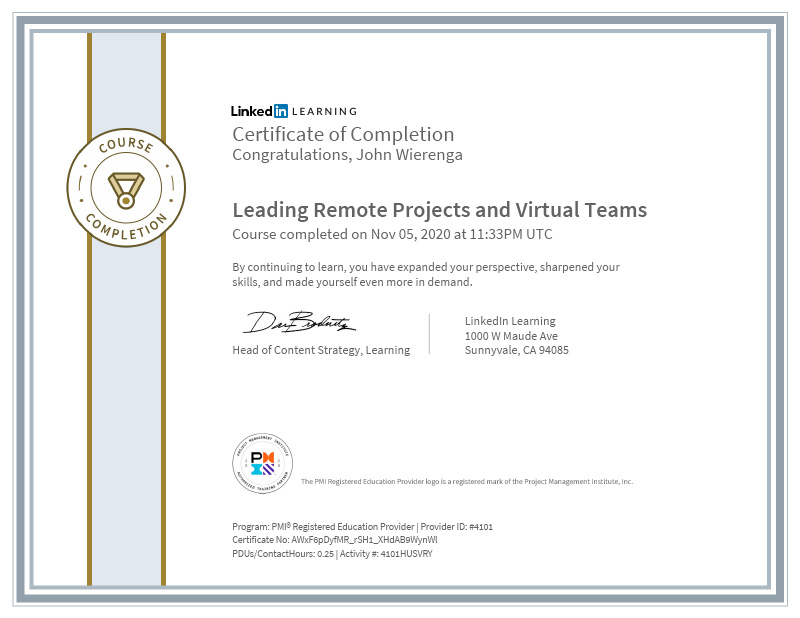This is a screenshot of the Google Search Console (GSC) for a seasonal website I work with… In SEO it seems to be pretty common for people to expect a linear improvement. You take a certain time period, 7 days, 28 days, 90 days (as in this case) and hope you have more visits from Google then you did the previous period. At first glance this simple method does seem good. If you were trying to exercise more or lose weight, then you might try something similar and track your progress over time.
It certainly makes sense to focus on the actual amount of traffic that you are driving to a website as opposed to simple tracking the website rankings. I mean rankings can be helpful, but most clients don’t understand or care all that much about rankings. They just want to know that SEO is increasing revenue and that starts with increasing quality traffic. And GSC is one of the most important free SEO tools out there.
However, for many people (probably most clients I work with) there is a lot of season ebb and flow. This client has a website that does most of their business from Memorial Day to Labor Day. This screenshot was taken last fall. So the previous 3 months were in the middle of their busy season and the current 3 months were mostly after things started slowing down. Because of the seasonal nature of their business, the year of year look gives us a much better picture of what is going on, rather then the sky falling, they actually are getting a slight increase in traffic from Google for this time of year (thanks to some very quick, work to fix low hanging SEO issues).
I see this with a plumbing company I work with. I see it with a car repair shop I work with. When I owned my own WordPress design and development company I had certain times of the year where there were more people looking for get or rebuild their website. This kind of seasonal ebb and flow can make for some pretty misleading SEO stats. To combat that I like the year of year view and I also look at the click through rate (CTR) in GSC.
If a website is somewhat seasonal then I would expect there to be less clicks AND impressions during the slow time of the year and therefore the CTR might be expected to stay about the same. Therefore if it went up then that would be a sign of positive SEO even if there was less searches overall and therefore less Clicks AND Impressions.

But overall, I think the year over year view is the best way to track SEO progress for a seasonal website. I would also point out that even a lot of websites that don’t seem seasonal, probably actually do have seasonal ebbs and flows. So, make sure you don’t get too caught up in tracking your progress in a linear manner where you expect every period to be solidly outperforming the last.






